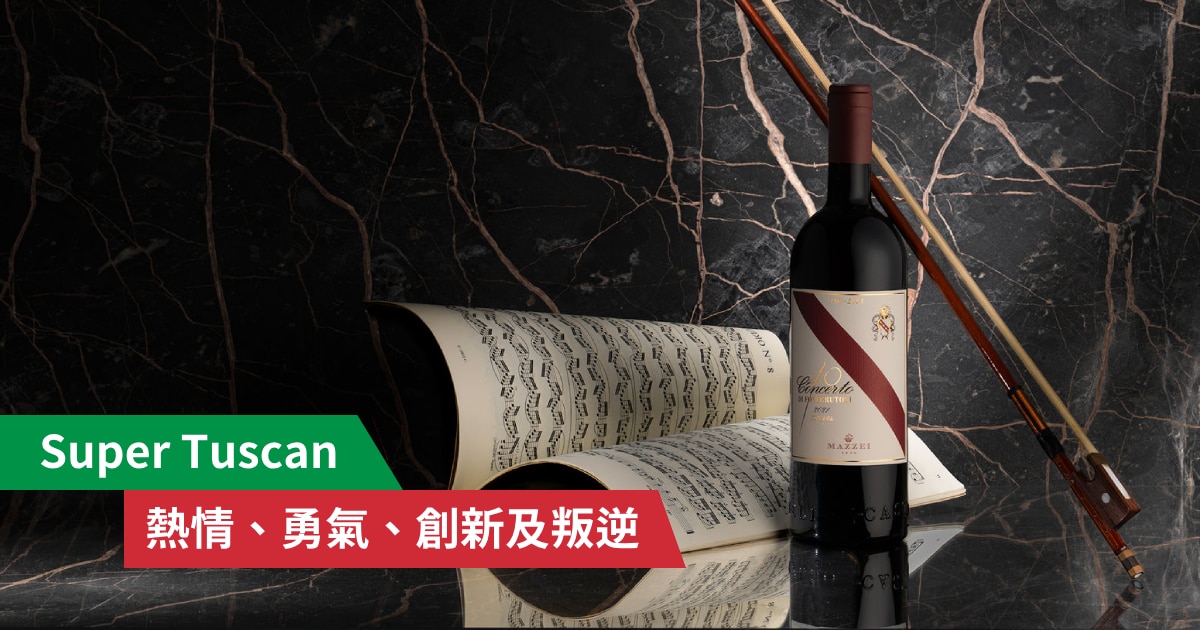When browsing around wineries’ websites or glancing at the wine labels, we may easily notice that some wineries particularly emphasize their wines are made with ‘Old Vine’ grapes. Some of them even listed out the precise age of the vine, making it seem prestigious to have ‘Old Vine’ grapes in its blend. But what exactly can ‘Old Vine’ wine offer? Let me introduce it to you today!
Old Vine: remember the two “V”s
What is ‘Old Vine’? It is literally a grapevine of older age, but there is no universally accepted standard about how old is old. Some wineries may say 25 years and others may say 50. In some special cases, 10-year-old vines are called ‘old vines’. For that reason, we may pay attention to the real age of the vines when picking ‘Old Vine’ wines.
The labeling terms about ‘Old Vines’ vary across countries. For example, ‘V.V’ or ‘Vielle Vignes’ means old vines in French, and it is often seen in Burgundy wines.For other countries, we may look into the terms like ‘Old Vine’ (English), ‘Alte Reben’ (Germany), ‘Viñas Viejas’ (Spanish), ‘Antico Vitigno’ (Italian), which all mean old vines.
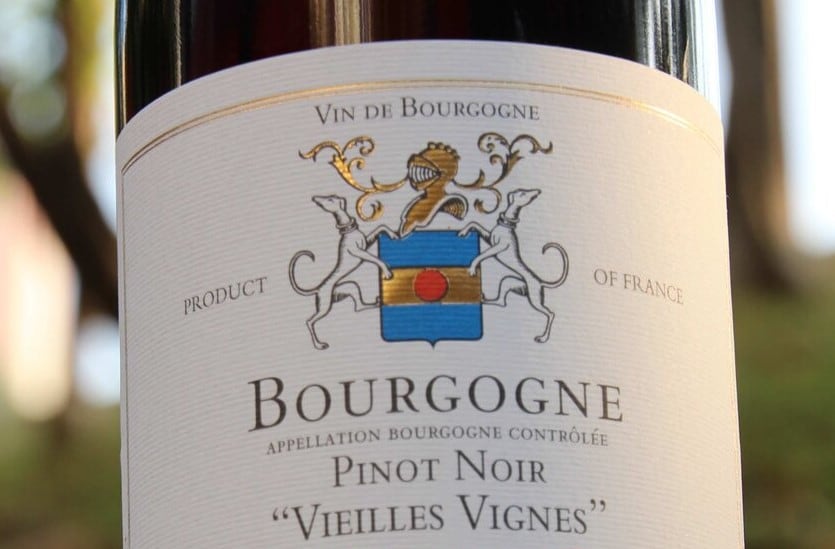
What is so precious about ‘Old Vine’?
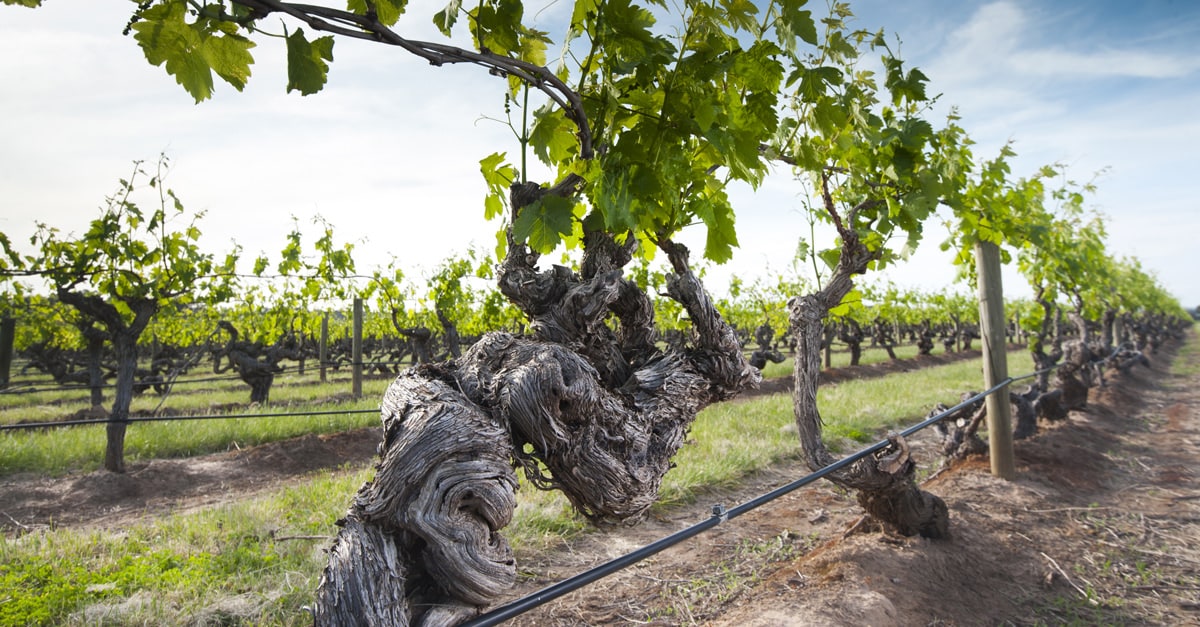
When the vines are young, the grapes they produce do not have the quality good enough for producing quality wines. The grapes’ quality will stabilize from the age of 7-8 and get better till the age of 12-25. However, when the vines reach a certain stage of life, their yield will drop. With the same effort and costs, the farmers tend to replant the vines when the yield gets too low.
We must note that as the vines age and their yield drops, it is generally believed that the grapes produced are more concentrated, rich, and complex because each berry can obtain a large proportion of nutrients. Moreover, Old Vines’ roots run deeper, allowing them to absorb water and nutrients from further below the ground. In this way, they are more drought-tolerant and can produce grapes of consistent quality despite the weather and vintage. They tend not to have unripe bitterness as well.
In Bordeaux, for example, many Chateaux launch Grand Vin and second wines. Most of them use the best quality ‘Old Vine’ grapes for the fruit concentration and longevity in the production of their Grand Vin. Fruits from young vines are usually for the second wines so that the resulting wines can be enjoyed younger.
The enemy of ‘Old Vines’ – Phylloxera
You may have noticed a few regions are particularly known for their ‘Old Vine’ wines, while some traditional Old World wine-producing countries don’t have as many Old Vine offerings. It’s because of one of the major disasters in wine history – the phylloxera epidemic in the 19th century that has affected entire Europe. It’s believed that phylloxera was introduced from North America, and the European vines were very susceptible to the insect. Once attacked by the phylloxera, the vines will die eventually. At that time, 70% of the vines in France were dead. Some grape growers burned their vineyards as a desperate measure to stop the ‘disease’. Therefore, not many old vines could survive in Europe.
However, some countries/regions were not influenced by phylloxera seriously for different reasons. For example, Chile was protected by the Andes Mountains, a desert, and the Pacific Ocean, so it was not affected. Western Australia and Tasmania dodged a bullet because of their geographic isolation, while South Australia had strict quarantine controls to manage the epidemic. Till now, Australia still has a very astringent Act to protect the country from incoming species and avoid any potential bio-disasters from happening again.
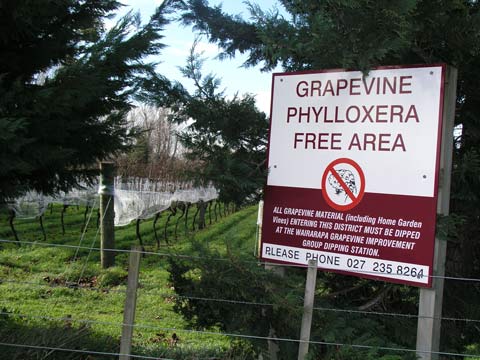
Signature Regions for ‘Old Vines’
Barossa Valley – South Australia
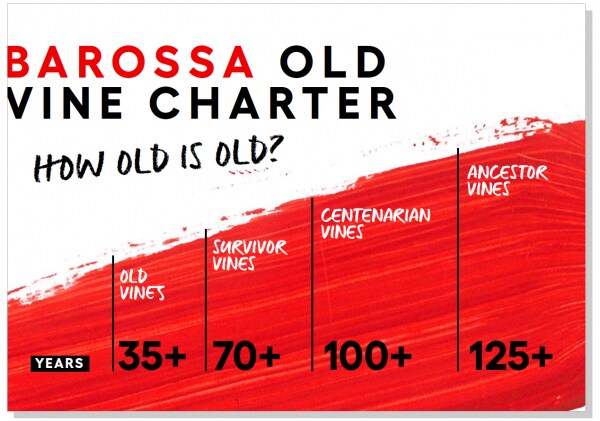
South Australia has always been proud of its ‘Old Vines’, and some of the country’s treasured grapevines found here are more than 150 years old. Apart from of exceptional sites that allow them to grow healthily, these ‘Old Vines’ can live for so many years thanks to generations of dedicated winemakers who have taken excellent care of them. Across South Australia, the most notable region with ‘Old Vines’ is Barossa Valley. It’s one of the very few regions in the world that has an official ‘Barossa Old Vine Charter’ to classify old vines by age groups. It also has some of the oldest Shiraz, Grenache, Mourvèdre in the world.
Iconic wines include Elderton Command Single Vineyard Shiraz, Henschke Mount Edelstone Shiraz, and Kaesler Old Bastard Shiraz, which are all made with grapes from vines more than 100 years old. The world-class flagship wine, Henschke Hill of Grace Shiraz, is even made with grapes from vines planted in 1860, with 160 years of history.
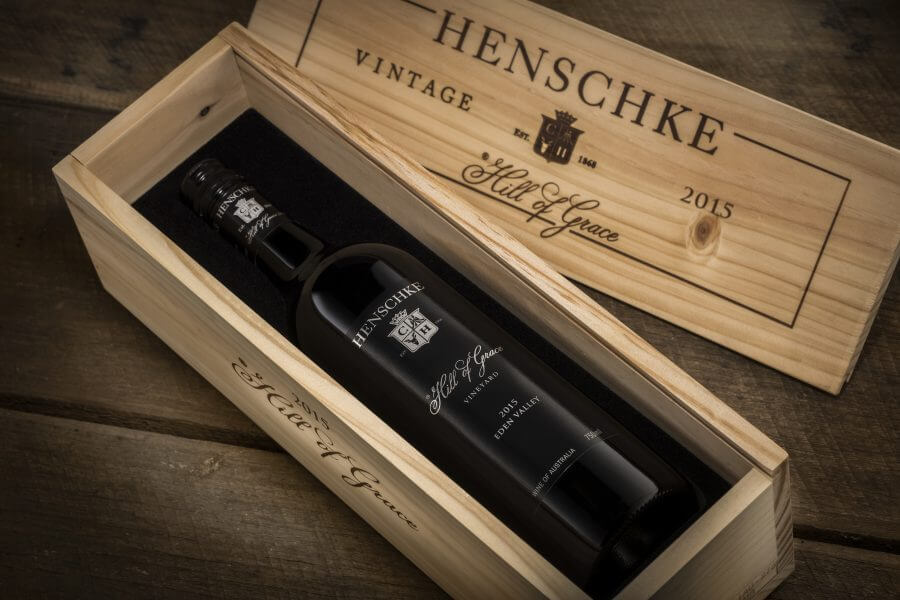
Hunter Valley – South Australia
The history of Hunter Valley’s vineyards can date back to the 1860s. It has the largest area of old vines growing on its own roots in Australia. Two special Old Vine vineyards of Mount Pleasant are particularly noteworthy, namely Old Paddock and Old Hill. Old Paddock is a Shiraz vineyard planted in 1920, and the fruit goes into Mount Pleasant’s higher-end reds. Old Hill was planted in 1880, making it some of the oldest vines in the Hunter Valley.
Lodi – California, USA
Lodi is located in the middle of the Central Valley of California. It has the oldest and some of the finest Zinfandel vineyards in the country.



 Same Day Pick-up
Same Day Pick-up
















